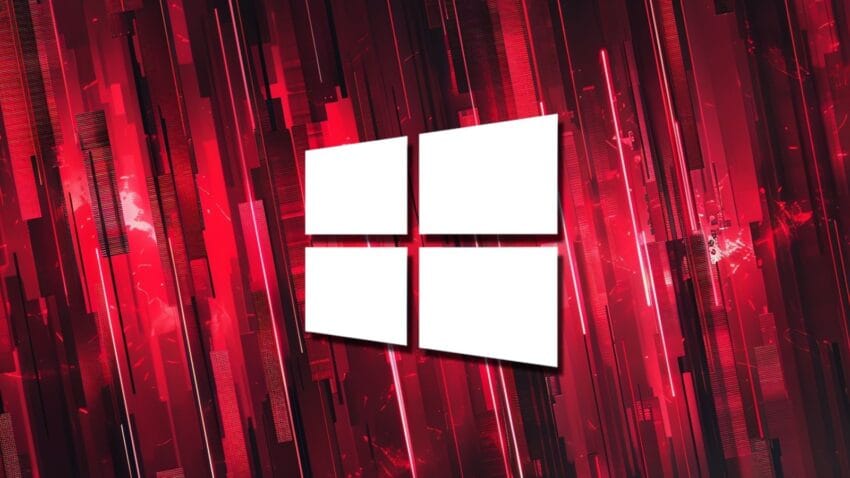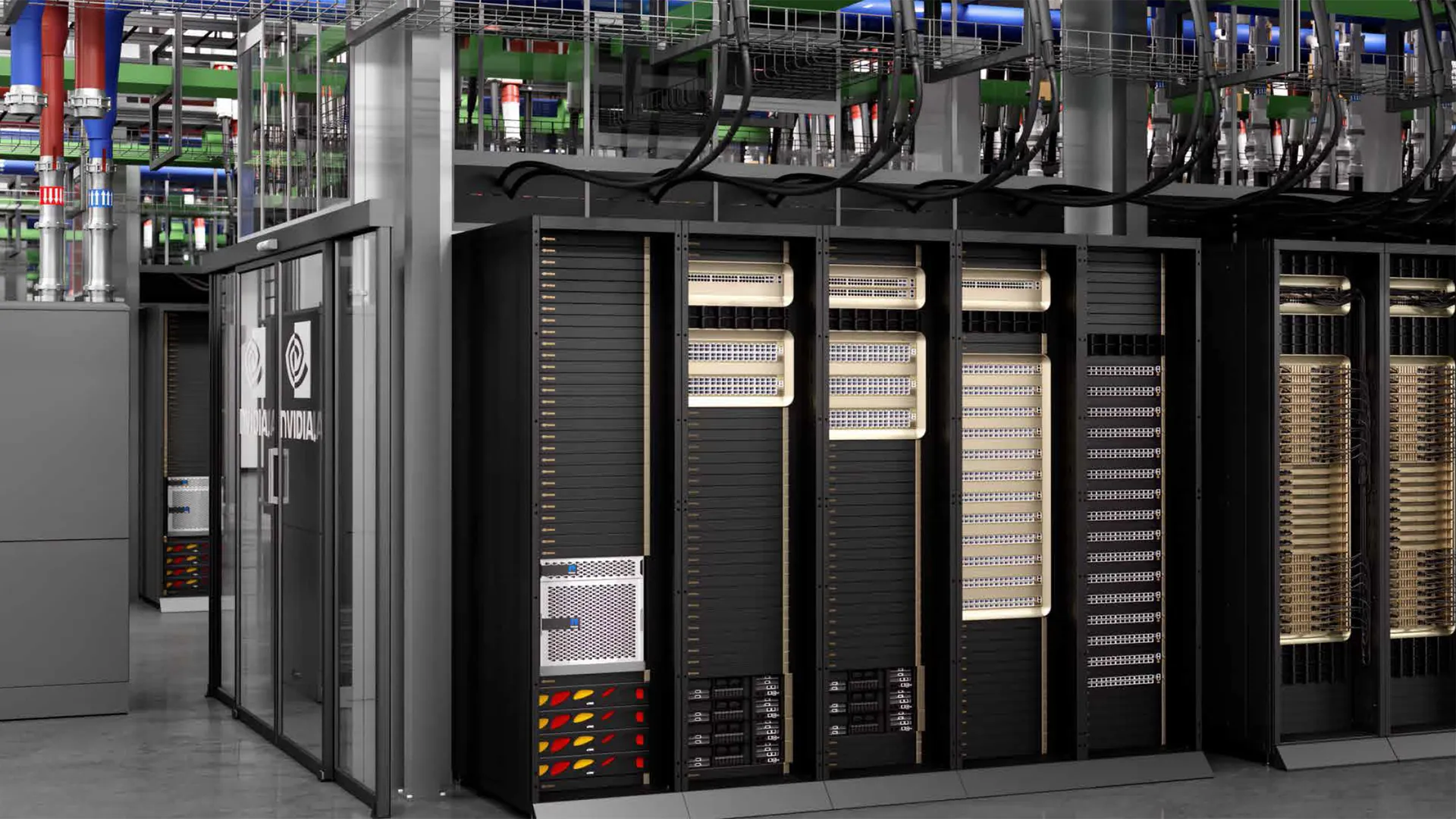
Microsoft recent windows updates may fail to — Microsoft has addressed a significant issue affecting the installation of Windows updates from network shares using the Windows Update Standalone Installer (WUSA)..
Microsoft Recent Windows Updates May Fail To
Microsoft has addressed a significant issue affecting the installation of Windows updates from network shares using the Windows Update Standalone Installer (WUSA).
Understanding the Issue
Recently, Microsoft acknowledged a problem that resulted in failures when attempting to install updates for Windows 11 and Windows Server 2022 from network shares. This issue specifically impacted users relying on the Windows Update Standalone Installer (WUSA), a tool designed to facilitate the installation of standalone updates. The failures were linked to the way WUSA interacted with updates hosted on network locations, leading to frustration for IT administrators and users alike.
What Is WUSA?
The Windows Update Standalone Installer (WUSA) is a utility that allows users to install Windows updates manually. This tool is particularly useful in enterprise environments where updates may need to be deployed across multiple machines without relying solely on the standard Windows Update service. WUSA supports various update formats, including .msu files, and is often used to manage updates in bulk, especially in situations where automatic updates may not be feasible.
Mitigation Measures Implemented
In response to the reported issues, Microsoft has implemented mitigation measures aimed at resolving the installation failures. The company has not only acknowledged the problem but has also taken steps to ensure that users can successfully install updates from network shares without encountering errors. While specific technical details about the mitigations have not been disclosed, the company has assured users that the issue has been addressed.
Impact on Users and Administrators
The failure of updates to install correctly can have significant implications for users and IT departments. For individual users, it can result in missed security patches and feature updates, leaving systems vulnerable to threats. For IT administrators, the inability to deploy updates effectively can disrupt operations, leading to increased workload and potential compliance issues.
Background Context
The issue with WUSA is not the first time Microsoft has faced challenges with Windows updates. Historically, the company has dealt with various problems related to its update mechanisms, which can arise from numerous factors, including software compatibility, network configurations, and the complexity of the Windows operating system itself. As Windows evolves, the need for robust and reliable update processes becomes increasingly critical.
Previous Update Challenges
In the past, Microsoft has encountered various update-related issues that have prompted user complaints and administrative challenges. For instance, updates that inadvertently caused system instability or software incompatibility have led to the company releasing subsequent patches to rectify these problems. Such events highlight the ongoing challenges Microsoft faces in maintaining a seamless update experience for its users.
Stakeholder Responses
The response from stakeholders, including IT professionals and end-users, has been mixed. Many IT administrators have expressed relief at the prompt acknowledgment of the issue and the subsequent mitigation measures. However, there remains a level of skepticism about the reliability of Windows updates, particularly in enterprise environments where stability and security are paramount.
Feedback from the Community
Online forums and community discussions have revealed a range of opinions regarding Microsoft’s handling of update issues. Some users appreciate the transparency and responsiveness of the company, while others have voiced concerns about the frequency of update-related problems. This feedback is crucial for Microsoft as it continues to refine its update processes and address user concerns.
Future Implications
The resolution of the WUSA-related installation failures is a step forward, but it also raises questions about the future of Windows updates. As Microsoft continues to roll out new features and enhancements, the importance of a reliable update mechanism cannot be overstated. Ensuring that updates can be installed smoothly from various sources, including network shares, is essential for maintaining user trust and system integrity.
Looking Ahead
Moving forward, Microsoft will need to focus on enhancing the resilience of its update systems. This includes not only addressing current issues but also anticipating potential challenges that may arise as the Windows ecosystem evolves. Continuous improvements in update delivery methods, along with robust testing protocols, will be critical in minimizing the risk of installation failures in the future.
Conclusion
In summary, Microsoft has effectively mitigated a significant issue that affected the installation of Windows updates via the Windows Update Standalone Installer from network shares. While this resolution brings relief to many users and IT administrators, it also serves as a reminder of the complexities involved in maintaining a reliable update infrastructure. As Windows continues to evolve, ongoing attention to the update process will be essential for ensuring user satisfaction and system security.
Microsoft recent windows updates may fail to — Source: Original reporting.
Source: Original reporting
Further reading: related insights.
Was this helpful?
Last Modified: August 18, 2025 at 10:48 pm
4 views















